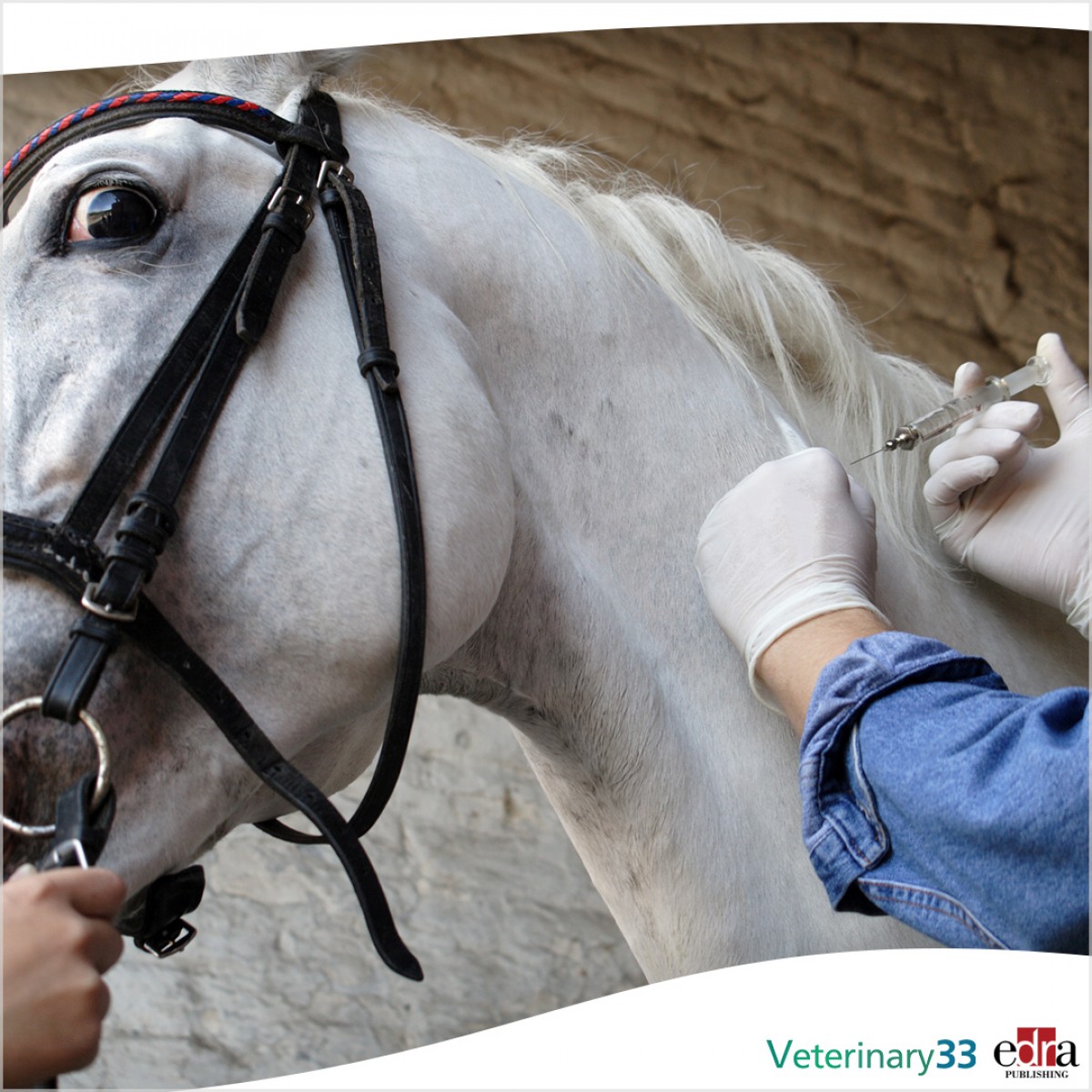Xylazine Infusion during Equine Colic Anesthesia with Isoflurane and Lidocaine: A Retrospective Study
Equine colic is a critical and painful illness. Xylazine provides analgesia; sedation and muscle relaxation; and improves anesthetic recoveries in healthy horses. These might be useful for anesthesia in colic patients. This study aimed to retrospectively evaluate the intraoperative effects, and the influence on recovery from anesthesia, of adding a xylazine infusion (group XL) to isoflurane and lidocaine infusion (group L) for anesthesia maintenance. Cardiovascular parameters, blood gas analyses, anesthetic requirements, and time during recovery were retrospectively studied. Minimal and average heart rate, hematocrit, ketamine requirements and days to discharge were significantly lower in group XL than in group L. Time to sternal and first attempt to stand were significantly longer in group XL than in group L. Group XL showed almost twice the number of ‘best possible’ recoveries and no horses with the worst score. The reductions in heart rate and hematocrit were considered clinically irrelevant. The time to finally stand remained similar in both groups. Xylazine infusion might provide a stable anesthesia since less animals required ketamine. Animals in this group went home sooner and none of them had a dangerous recovery. Xylazine infusion might be a good option for anesthesia maintenance in colic patients.
A xylazine infusion during partial intravenous equine colic anesthesia with isoflurane and lidocaine was associated with fewer intraoperative ketamine boluses and earlier hospital discharge. It was associated with an increment in the time in lateral recumbency and a delay in the first attempt to stand, but not with a longer time to finally stand. Xylazine infusion during colic anesthesia with isoflurane and lidocaine was associated with almost twice as many excellent recoveries compared to the infusion of only lidocaine with a xylazine bolus for recovery. The intraoperative heart rate and hematocrit reduction were clinically irrelevant.
Balanced anesthesia and the administration of co-drugs has long been promoted, but today we realize that we do not know what the interactions are between these molecules, which is why we must be extremely cautious; observations concerning the administration of several molecules must be supported by strong evidence. Further prospective studies are warranted to confirm the results found in this retrospective study.
Source: https://www.mdpi.com/2076-2615/13/18/2902













List
Add
Please enter a comment